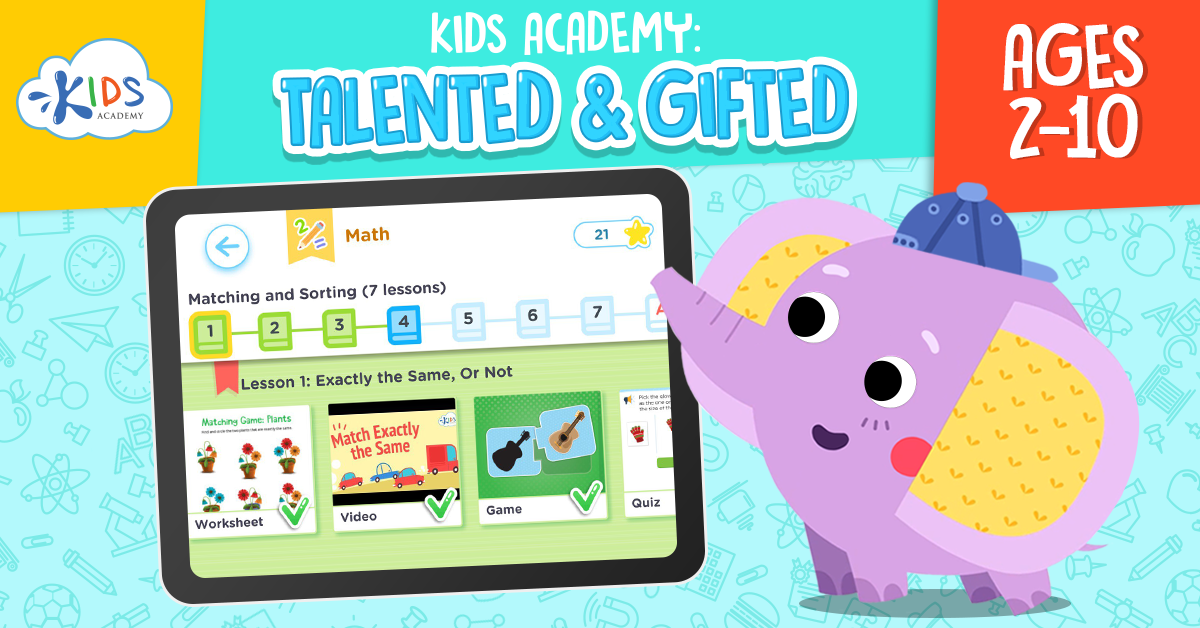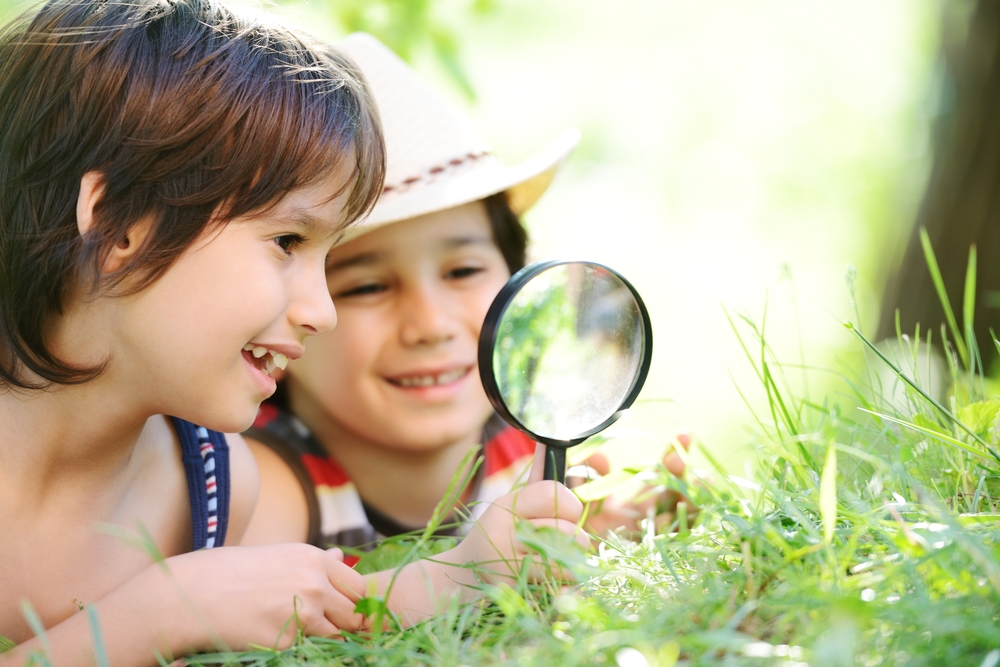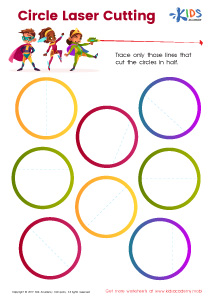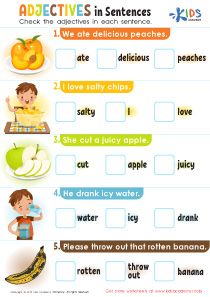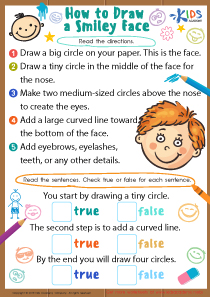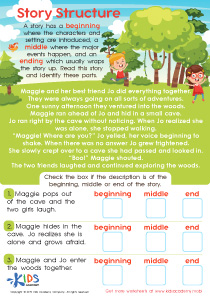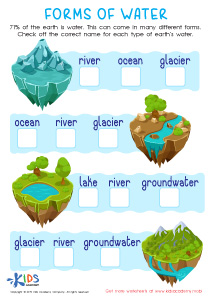Second Grade Physical Science Worksheets | Fun and Educational Knowledge Check Activities for Kids
2 filtered results
-
From - To
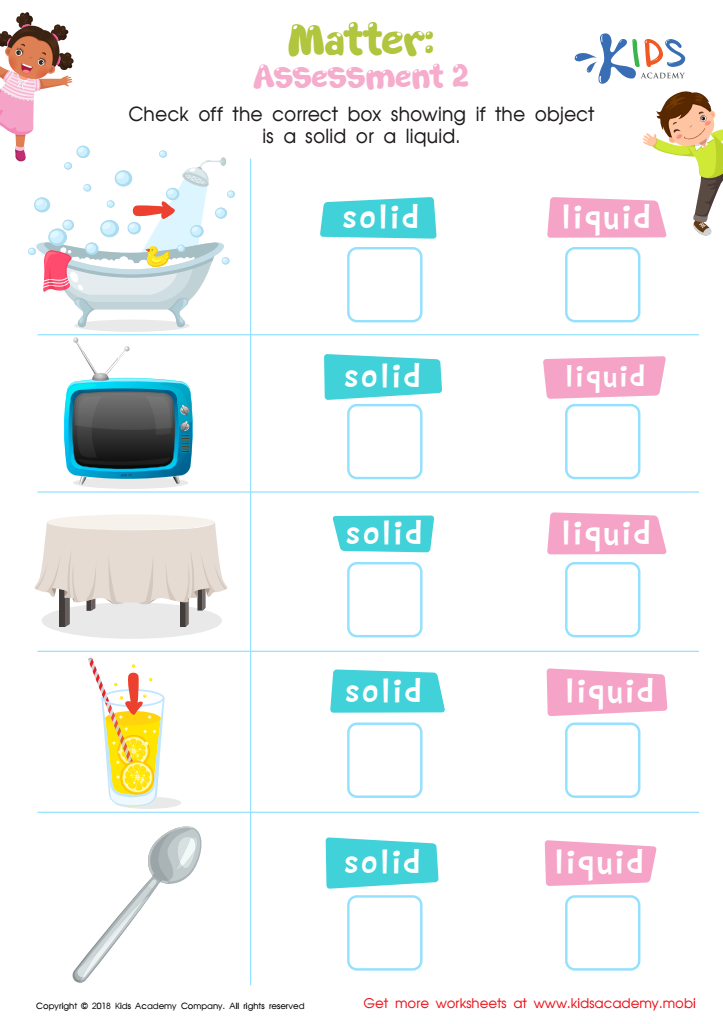

Matter: Assessment 2 Worksheet
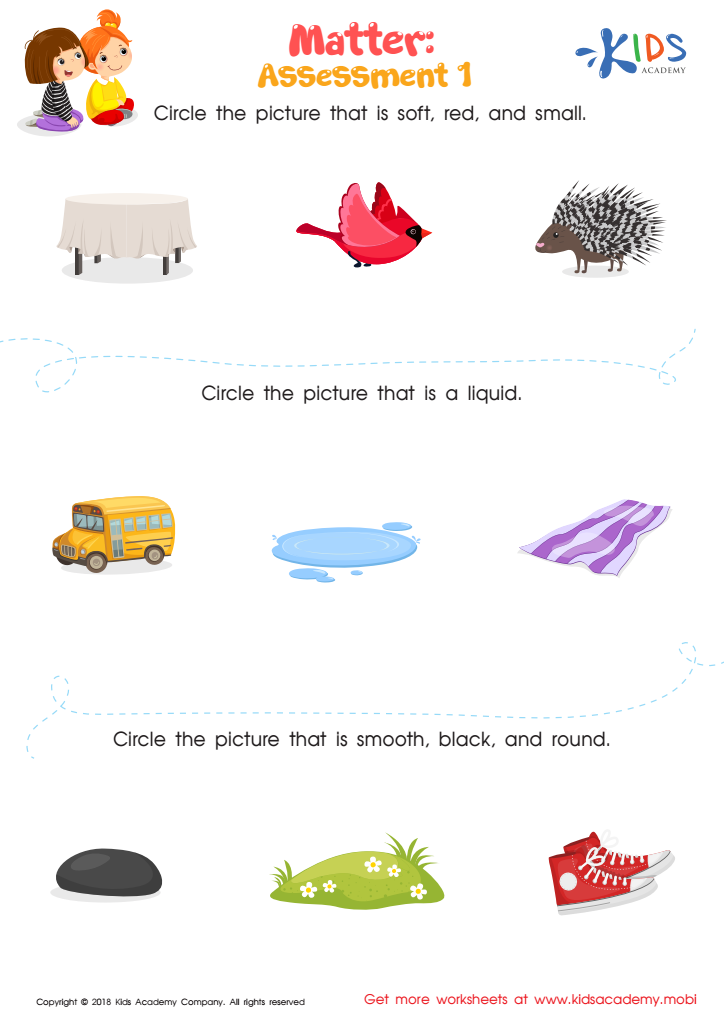

Matter: Assessment 1 Worksheet
Normal Physical Science worksheets activities for Grade 2 embody a cornerstone in laying down the fundamentals of scientific education for young learners. These materials are meticulously crafted to introduce second graders to the intriguing world of Physical Science in an engaging, accessible manner. They serve as a vital tool in the educational toolkit, offering a structured approach to exploring concepts like matter, energy, forces, motion, and the properties of earth materials.
Why are these worksheets so valuable? Firstly, they demystify science. For many students, science can seem abstract or intimidating. Normal Physical Science worksheets activities for Grade 2 break down complex ideas into bite-sized, manageable pieces. Through these activities, students can interact with scientific principles in a hands-on way, fostering a sense of curiosity and excitement about the natural world.
Secondly, these worksheets are designed to cater to a variety of learning styles. Whether a child is a visual, auditory, or kinesthetic learner, activities are formatted to ensure all students can grasp and retain the material effectively. This inclusivity boosts confidence and encourages a positive attitude towards learning science.
Moreover, these worksheets support critical thinking and problem-solving skills. As students engage with experiments, observations, and questions, they learn to think like scientists. This process nurtures invaluable analytical skills, encouraging students to ask questions, formulate hypotheses, and draw conclusions based on their observations.
Additionally, Normal Physical Science worksheets activities for Grade 2 are aligned with educational standards. This ensures that the content not only sparks interest and encourages deeper inquiry but also meets the curriculum requirements, preparing students for future academic success in science.
In conclusion, Normal Physical Science worksheets activities for Grade 2 are an essential resource in the primary educational landscape. They offer a fun, interactive way to introduce young learners to the foundational concepts of Physical Science, setting the stage for a lifelong interest and engagement in the sciences.

 Assign to the classroom
Assign to the classroom
